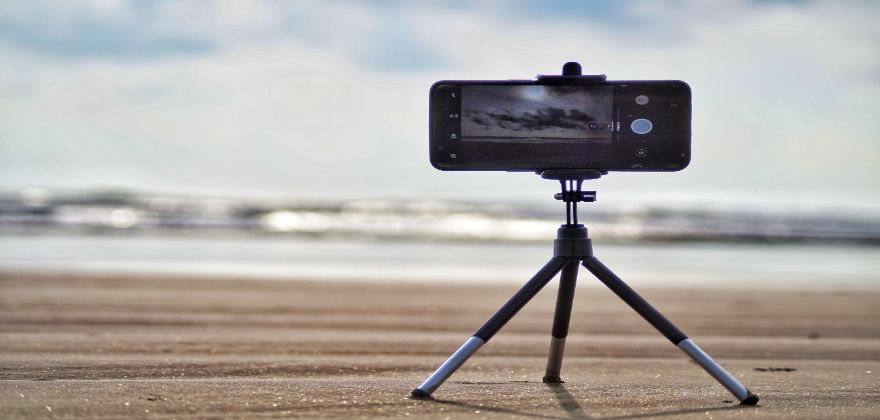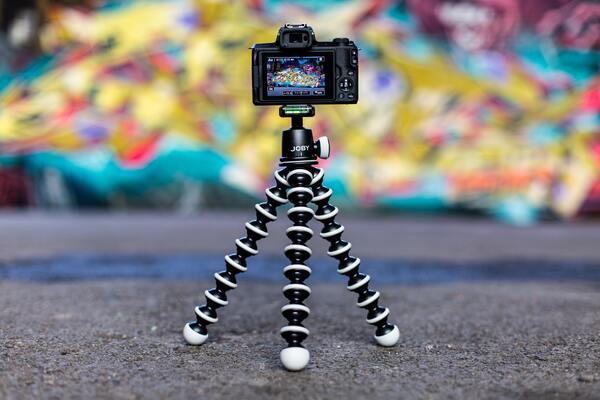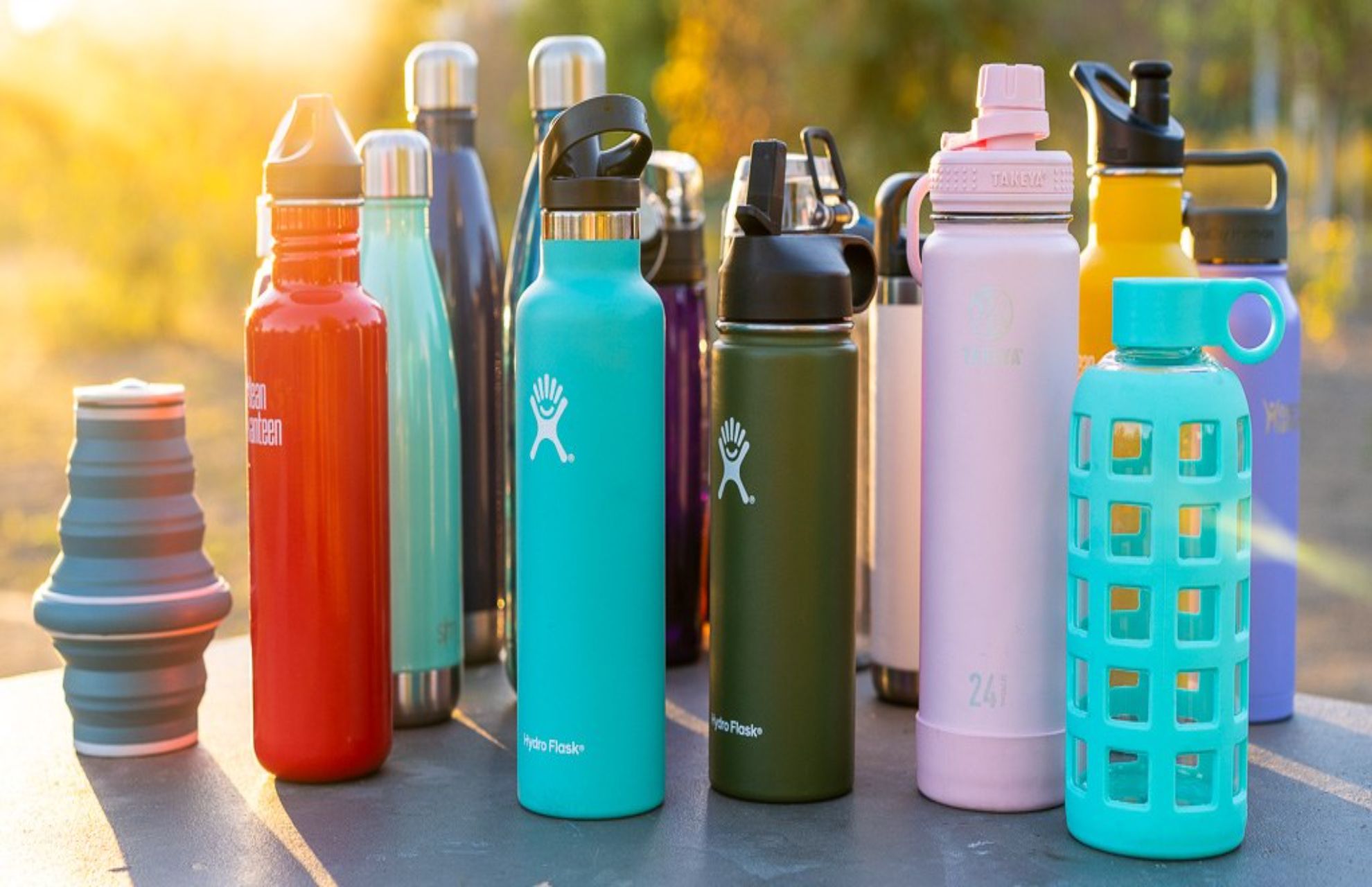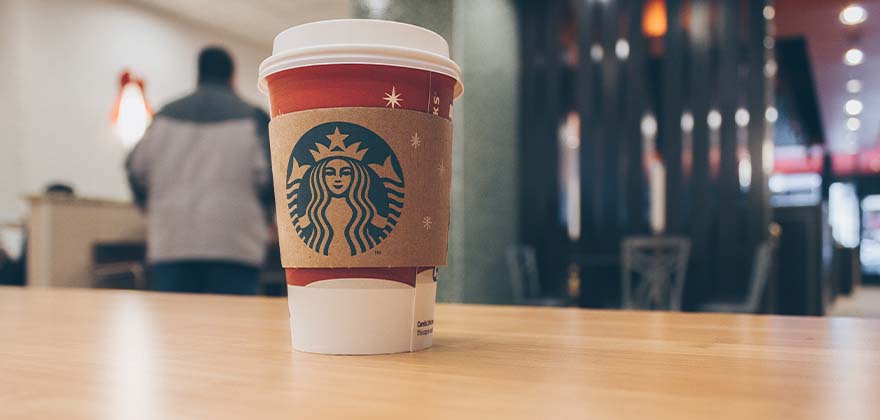How Many Legs Does A Tripod Have? It May Surprise You!

One of the most well-known and practical equipments for photographers is the tripod. In all honesty, it’s a legitimate question for new photographers to ask considering the many different types of tripods out there, including “tripods” that don’t have three legs. It’s imperative that you use a tripod that is the right height for you to get the best image possible. For your benefit, we will go over the tripod in this article. Please keep reading.
The Number Of Feet On A Tripod
A novice or a young person might ask this question. Please forgive me, but that sounds a little absurd; the name alone suggests as many as three.
Tripod comes from the Greek language, Tri implying the leg count and photos meaning “of the foot”.
Even if it has more or fewer legs, only the “tri” or number part changes, for instance, a monopod (more on this later).
Why Are A Tripod’s Legs Three?
You may be wondering why a tripod has three legs at this point. 4 legs would be better, so why not use 4 instead? Well, not exactly.
A tripod has three legs for the best stability on unlevel ground. Photographers can easily ensure that their cameras are level even on uneven surfaces thanks to the tripod’s three legs. A four-legged tripod would not be stable if one leg was higher or lower than the other legs.
In addition, a tripod’s three legs, each of which can be extended to a different length, help you level your camera on slopes. It provides the best stability on any surface and is very adaptable.
Structure Of Tripods
Tripods can have up to seven components to ensure their proper operation. Here is a thorough analysis of tripods.
The Spider
The spider, or chassis as it is more formally known, is the tripod’s beating heart. Near the top, where the legs are also connected, the remaining components of a tripod are attached to the spider.
Center Column
This section is in charge of adjusting the camera’s height. The tripod’s center column, which can be raised or lowered as needed, is typically located there.
The Head
Your camera is supported above the center column by a part called the head, which can be tilted in various directions to achieve the desired angle.
Lateral Arms
Heavy-duty tripods frequently have lateral arms attached to connect their legs. Additionally stable are these arms.
Legs

Each tripod’s legs serve as its base. Since their legs are typically telescopic, they can slide one section over the other or into it.
Because the legs of a three-legged tripod can be extended or retracted to compensate for uneven surfaces, this is where their flexibility really shines.
Leg Locks
To keep the tripod in place, there are two different types of leg locks. rotary locks and lever locks.
Lever locks are easier to use, but they can’t withstand bad weather like twist locks. Lever locks also have a history of wearing out over time.
Feet
The kind of tripod feet you should use is last but certainly not least. You must first consider your surroundings before choosing whether they are rubber, clawed, or spiked.
Types Of Tripods
Tripod With Three Legs
- Pocket Tripod
The pocket tripod is a small tripod that is primarily used to stabilize a camera on an existing flat surface, like a table or the ground, as its name suggests.
They are lightweight and convenient for travel due to their small size.
- Travel Tripod
A travel tripod is designed to be portable. Given that they are more portable than standard tripods, as their name implies, they make the perfect tripod for frequent travelers.
- All-In-One Tripod
Due to the common use of less expensive materials and the common presence of a fixed tripod head, an all-in-one tripod can be regarded as a tripod for beginners. Typically, they are not as strong and stable as the following tripod on this list.
- Studio Tripod
The more typical tripod on this list is a studio tripod. They are typically used by both professional and amateur photographers and are bulky, expensive, and heavy. They are made of high-quality materials and frequently have a tripod head that can be changed.
After realizing they made a mistake by purchasing a cheap entry-level tripod, photographers frequently purchase a second tripod.
- Heavy-Duty Tripod
Tripods that can be used for a variety of tasks are considered heavy-duty tripods. Even though they might not always be the best option, a tripod is still a good tripod. These tripods are large and heavy, which makes them very stable.
No matter how uneven the ground may be, it can support a great deal of weight and keep it steady. Most of them have a bottom hook where you can hang weights to make them even more stable. These tripods are typically used by seasoned photographers.
- GorillaPod
A tripod with gorilla-like adaptations can be used on any surface or environment. You can twist and bend the legs to fit the surroundings because they are made of flexible material. In this manner, you can use it on poles, rocks, etc.
These tripods are primarily used by travelers to capture images of moving subjects. You always have a tripod with you, and it can be transported anywhere.
Monopods
The one-legged tripod, also referred to as a monopod, has one leg as opposed to three. Monopods and tripods are frequently combined with one-legged tripods.
A monopod and a tripod are two different types of support.
They both serve the same function of minimizing shakes and vibrations. A monopod is a single leg with telescoping and collapsible options. Folding legs make carrying such a device simpler, and telescopic legs make it simple to change the height of your monopod. Every leg of a tripod is fixed.
Conclusion
A monopod only has one leg, whereas a tripod has three and is used to stabilize cameras. Although the number of legs on a tripod can range from one to six, the most common tripod has three legs. We hope knowing the fundamentals of tripods has greatly benefited you, whether you are a hobbyist photographer or want to start down the road to becoming a professional.



